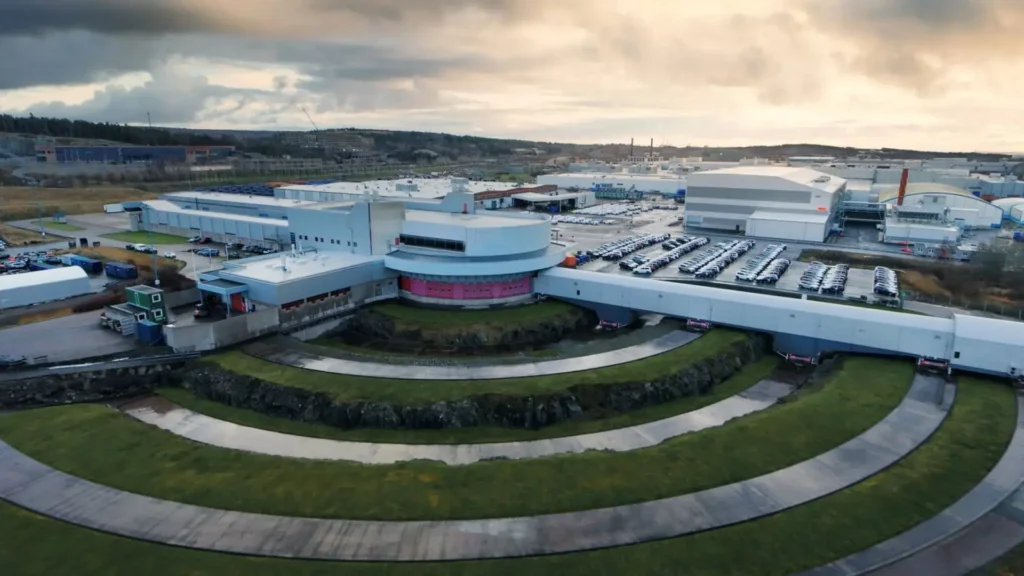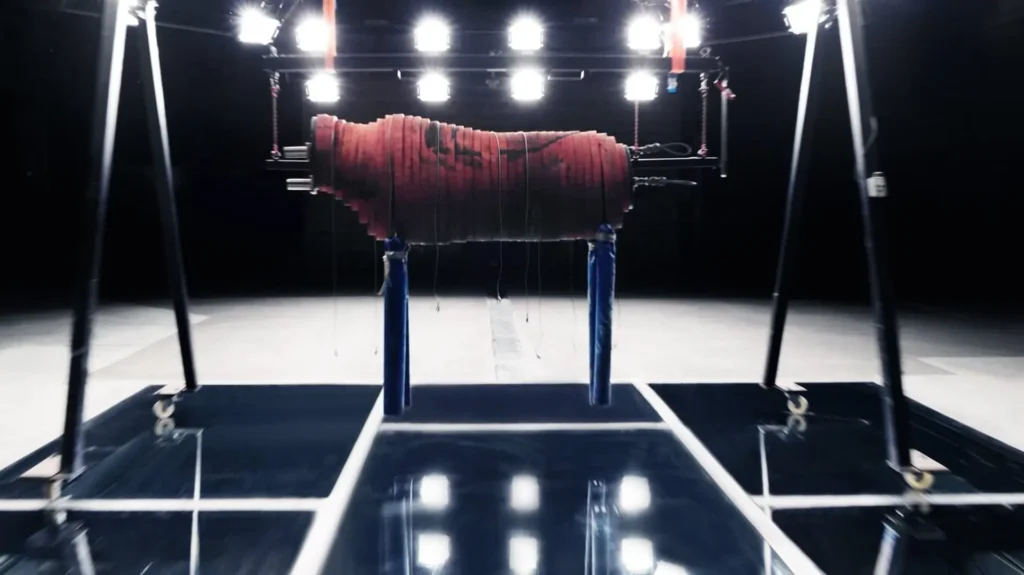Volvo Cars has unveiled a world-first advancement in seatbelt technology with the introduction of a multi-adaptive safety belt, which will launch in the all-electric Volvo EX60 from 2026. This innovation builds on the legacy of the three-point seatbelt – originally introduced by Volvo in 1959 – and integrates real-time sensor data to adapt belt tension based on individual occupant and situational variables.

Intelligent, individualised protection
Tailored safety in real time
The new multi-adaptive system utilises input from both interior and exterior vehicle sensors to determine optimal safety belt load settings. These settings adjust dynamically, depending on factors such as the occupant’s height, weight, body shape, and seating position, as well as the severity and direction of a crash.
For instance, during a serious collision, a larger occupant might receive a higher belt load to reduce the risk of head trauma, whereas a smaller individual in a lower-impact crash would receive lower tension, helping reduce the chances of rib injuries.
Expanded load-limiting profiles
Modern seatbelts typically offer up to three load-limiting profiles. Volvo’s new system increases that number to eleven, significantly expanding the combinations available to customise belt force during a crash. This enables a more precise and effective response in a wider range of crash types and scenarios.
Built on decades of real-world data
Volvo’s continued focus on safety is informed by more than five decades of research, including a database of over 80,000 real-life accident cases. This knowledge has shaped the development of the brand’s proprietary Volvo Cars Safety Standard, which goes beyond current regulatory testing frameworks.

The new belt system exemplifies Volvo’s aim to design vehicles that are equally safe for all occupants, accounting for the diversity of real-world driving conditions and passenger types.
The technology was refined and tested at Volvo Cars’ renowned Safety Centre crash lab, which marks its 25th anniversary this year. This advanced facility enables engineers to simulate a wide range of accident scenarios and validate systems that far exceed global crash safety standards.
Smarter every day: Over-the-air improvements
One of the standout features of the multi-adaptive safety belt is its ability to improve over time. Through over-the-air (OTA) software updates, Volvo can refine how the system interprets new crash data, occupant profiles, and environmental conditions. As the system receives more insights, it can better anticipate and adapt to emerging safety needs.

Integration within a holistic safety ecosystem
The multi-adaptive belt forms part of Volvo’s broader safety ecosystem, working alongside airbags, occupant detection, and driver assistance systems. This integration ensures harmonised responses in the event of a crash and helps reduce the risk of secondary injuries by managing post-impact dynamics more effectively.
Looking ahead
Commenting on the new multi-adaptive safety belt, Åsa Haglund, Head of the Volvo Cars Safety Centre, stated:
“The world-first multi-adaptive safety belt is another milestone for automotive safety and a great example of how we leverage real-time data with the ambition to help save millions more lives.”
With the debut of this technology in the upcoming Volvo EX60, the Swedish automaker reinforces its commitment to safety leadership, offering cutting-edge solutions for a more secure and responsive driving experience in the era of electric mobility.

Comments
New Comment